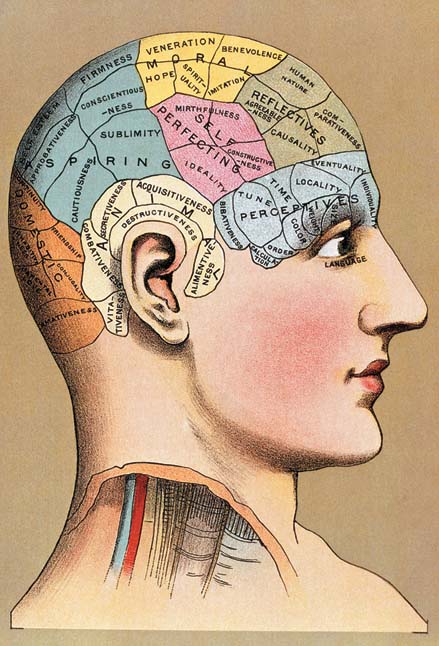
|
|
|---|---|
| 8 | Personality Theories and Assessment |
|
Freudian Classical Psychoanalytic Theory of Personality Neo-Freudian Theories of Personality
The Humanistic Approach to Personality The Social-Cognitive Approach to Personality
Trait Theories of Personality Personality Assessment |
As with intelligence, psychologists cannot agree upon a definition of personality, a word that we all use and whose meaning we think we know. In its everyday usage, personality is an individual’s characteristic ways of acting and thinking. If I asked you to describe the personality of your best friend or your mother, you probably would respond with a set of adjectives that capture the defining characteristics (prominent qualities) of that person’s behavior, such as caring, independent, and honest. You would also probably assume that these behavioral characteristics originate from within the person, that they are internally based. For our purposes, this is a satisfactory definition of personality—a person’s internally based characteristic ways of acting and thinking.
Psychologists call such internally based characteristics “personality traits.” Each trait corresponds to a continuum on which one end is the behavioral extreme for that characteristic and the other end is its opposite. For example, the extremes for caring would be “very caring” and “very uncaring.” These trait dimensions are the building blocks of personality. Individuals’ personalities correspond to their patterns of traits, leading to personality differences between people. But what causes these differences? What makes us the way that we are?

Throughout history, all sorts of theories of personality differences have been proposed. For example, the ancient Greeks thought that one’s mental health (personality) was a function of the balance of four humors, or bodily fluids—black bile, yellow bile, blood, and phlegm. According to Franz Gall’s phrenology theory in the early nineteenth century, personality was determined by the contours and bumps of a person’s head. In the twentieth century, William Sheldon’s theory proposed that personality is tied to one’s body type. None of these theories, however, proved very satisfactory.
Today, there are many theoretical approaches to the study of personality, but we will limit our discussion to the four major types of theories—psychoanalytic, humanistic, social-cognitive, and trait. These theories vary greatly in how they explain personality differences and in what aspects of personality they emphasize and study. Psychoanalytic theories emphasize the interaction of unconscious forces and childhood experiences in determining personality development. Humanistic theories emphasize the personal growth motive. Social-cognitive theories emphasize the importance of thought processes and interactions with others. Trait theories emphasize the role of basic personality dimensions. Because our descriptions of these theories will focus on what each one emphasizes, there will not be as much continuity as you might like across these discussions. Unfortunately, this is unavoidable given the diverse nature of these approaches.
Three of these four theoretical approaches also focus on problems in personality development; they have thus led to the development of therapies (based on the theories) to treat such problems. The prime example is psychoanalysis, developed by Freud; the humanistic approach and the social-cognitive approach have also led to well-known styles of therapy. We will discuss all of these therapies in Chapter 10, on abnormal psychology.
The trait approach is not a therapeutic approach; it is more of a descriptive approach to personality. Its primary aim is to identify the set of traits—behavioral dimensions—necessary to describe human personality. Instead of leading to styles of therapy, trait theories often lead to personality tests designed to measure their theorized dimensions of personality. This is why the trait approach is paired with personality assessment in the final section of this chapter. We will treat the other three theoretical approaches in the order that they appeared historically—psychoanalytic followed by humanistic and social-cognitive. The humanistic approach and the social-cognitive approach were both reactions to the earlier psychoanalytic and behavioral approaches; therefore, we have paired them together in the second section. We begin with Freud’s psychoanalytic theory of personality, which influenced not only psychological theorizing about personality but also twentieth-century culture.
 THE PSYCHOANALYTIC APPROACH TO PERSONALITY
THE PSYCHOANALYTIC APPROACH TO PERSONALITY